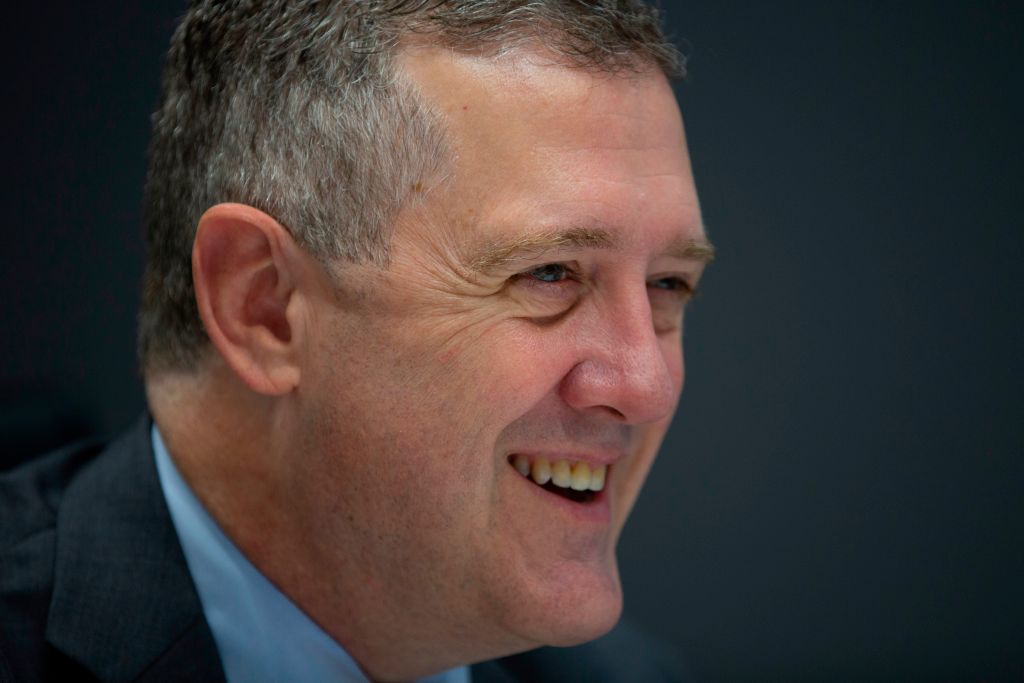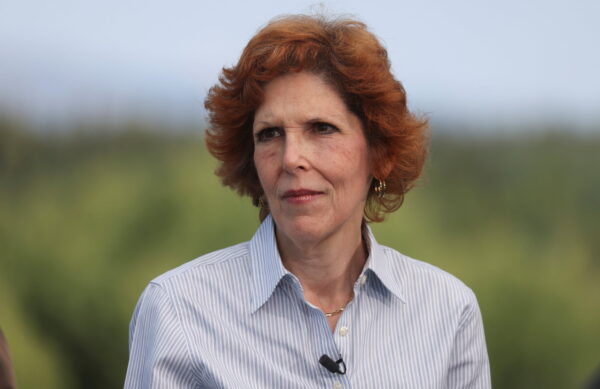


Last month, the Federal Reserve voted to raise interest rates by 25 basis points, but two central bank officials revealed that they advocated for larger rate hikes to combat elevated inflation.
St. Louis Fed Bank President James Bullard told reporters at the Greater Jackson Chamber in Jackson, Tennessee, during an event that he advanced the case for pulling the trigger on a 50-basis-point increase to the benchmark fed funds rates at the February Federal Open Market Committee (FOMC) policy meeting.
“I was an advocate for a 50-basis-point hike and I argued that we should get to the level of rates the committee viewed as sufficiently restrictive as soon as we could,” he said.
Cleveland Fed Bank President Loretta Mester stated in a virtual speech to a Global Interdependence Center conference on Thursday that she also supported the central bank lifting rates higher than what occurred earlier this month.
At the two-day rate-setting Committee, officials voted to raise the overnight interest rate by a quarter point to a target range of 4.50 and 4.75 percent.
But while there has been some speculation that the Fed could soon hit the pause button on its tightening campaign and eventually pivot, Bullard repeated the central bank narrative that more rate hikes should happen this year to ensure the disinflation trend persists and the annual inflation rate eventually returns to its 2 percent target rate.
“Continued policy rate increases can help lock in a disinflationary trend during 2023, even with ongoing growth and strong labor markets, by keeping inflation expectations low,” he said in prepared remarks.
Overall, the two Fed officials believe it is necessary to bring the fed funds rate to a restrictive level of above 5 percent to contain inflation as it may be showing signs of being stubborn and perhaps sticky.
Earlier this week, the consumer price index (CPI) eased to 6.4 percent in January, down from 6.5 percent in December. The monthly inflation rate also climbed 0.5 percent, up from 0.1 percent in the previous month.
In addition, the producer price index (PPI) jumped 0.7 percent month-over-month in January. The core PPI, which eliminates the volatile energy and food sectors, slowed to a higher-than-expected pace of 5.4 percent year-over-year.
The latest inflation data has left some economists concerned that the disinflation process seen in the U.S. economy in recent months might have stalled.
“The .7% spike in Jan. #PPI and the .5% jump in core, both almost twice expectations, indicate that future #CPI prints will soon resume their uptrend,” posted Peter Schiff, the chief economist and global strategist at Euro Pacific Capital, on Twitter. “Disinflation is over. Jan. could be the low for both the PPI and CPI. #Inflation is here to stay and it has no where to go but up.”
But Bullard is still optimistic that 2023 could be “a disinflationary year.”
At the same time, before the Fed can even consider easing its quantitative tightening campaign, Mester noted that “we will need to see continued sustained disinflation in both components.”
According to the CME Group FedWatch Tool, investors anticipate that the Fed will raise interest rates by a quarter point.

